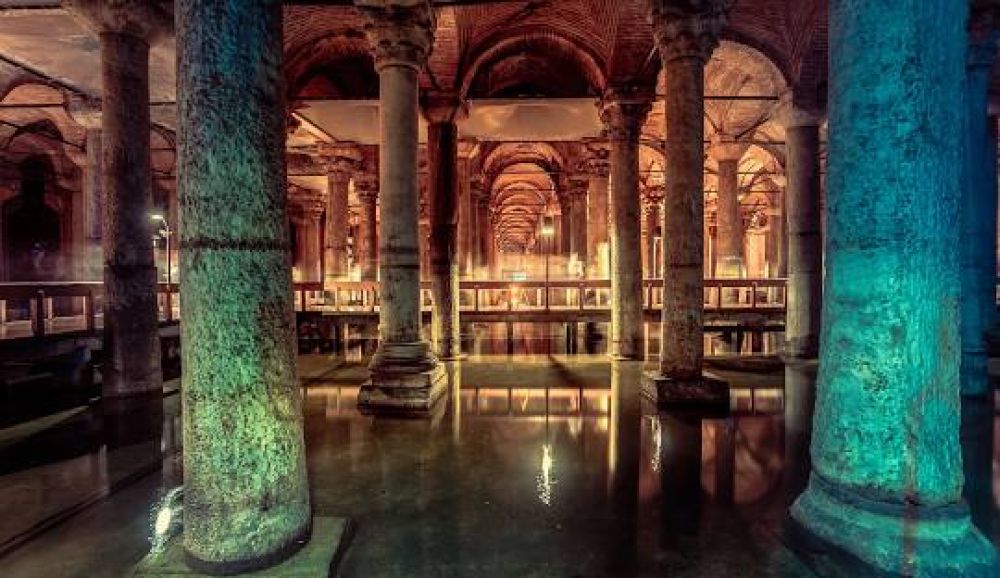

The Basilica Cistern, also known as Yerebatan Sarayı or The Sunken Palace, is one of Istanbul's most fascinating historical sites, built in the 6th century during the reign of Byzantine Emperor Justinian I. Although the cistern itself is not directly tied to a rich food history, its location in Istanbul places it at the heart of a city that has been a melting pot of cultures for centuries. Istanbul's cuisine has been influenced by the Byzantines, the Ottomans, and countless other civilizations that have passed through this historic crossroads between Europe and Asia.
Many traditional foods in Istanbul originated from the need to store and preserve foodstuffs in innovative ways, something that resonates with the history of the Basilica Cistern, which was originally designed to store water. The cistern's cool and stable temperature would have been ideal for keeping food fresh in ancient times, similar to a large pantry or cellar.
- Address: Caferiye Sokak No:6/1, Sultanahmet, Istanbul
- Famous Food: Ottoman cuisine, Vegetarian/non-vegetarian options
- Address: Hobyar Mahallesi, Hamidiye Caddesi No:84, Sirkeci, Istanbul
- Famous Food: Desserts, particularly Baklava (Vegetarian)
- Address: Cankurtaran Mh., Seyit Hasan Kuyu Sokak No:1, Sultanahmet, Istanbul
- Famous Food: Seafood dishes, especially Balık Ekmek (Non-vegetarian)
- Address: Alemdar Mahallesi, Alay Köşkü Caddesi No:10, Sultanahmet, Istanbul
- Famous Food: Traditional Kebaps, with Vegetarian/non-vegetarian options
- Address: Güneşlibahçe Sokak No:43, Kadıköy, Istanbul
- Famous Food: Anatolian cuisine, has both Vegetarian/non-vegetarian dishes
These establishments provide the visitor with a taste of Istanbul's rich food heritage and are all within a little distance from the historic Basilica Cistern, offering a convenient and enriching cultural dining experience.